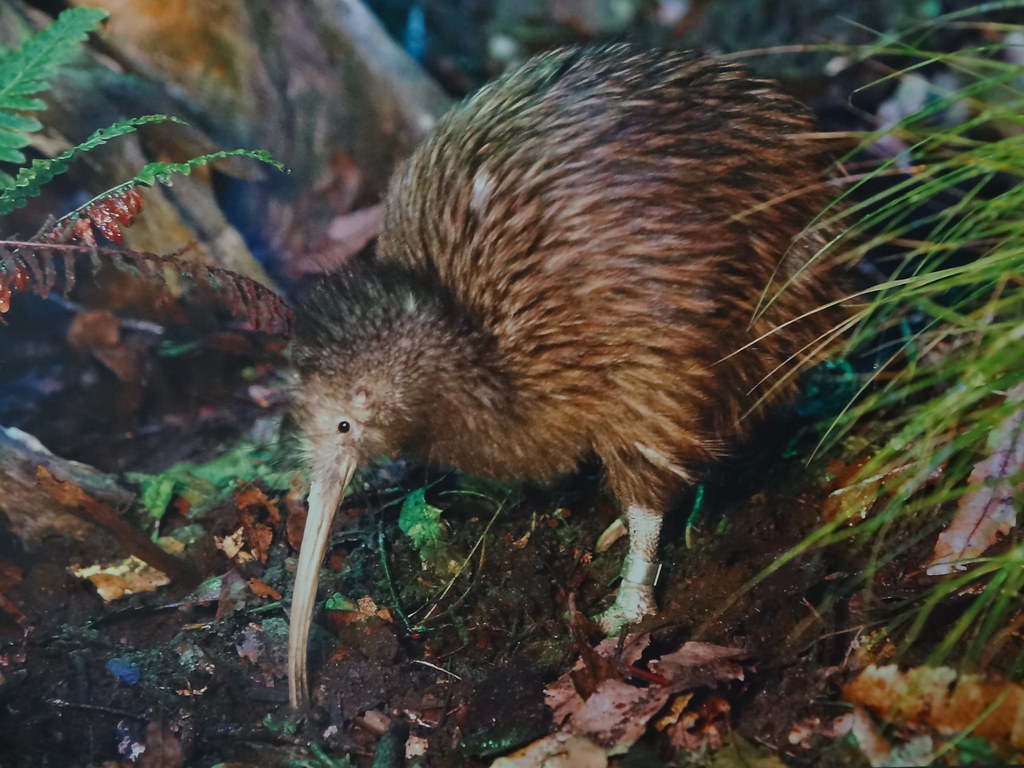– The spectrum of predators threatening kiwi birds, with emphasis on introduced species
– Impact of predation on kiwi bird populations and the importance of conservation efforts
– Methods and strategies for protecting kiwi birds from these natural threats
Understanding the Predatory Threats to Kiwi Birds
The Kiwi bird, a nocturnal flightless bird native to New Zealand, faces numerous natural threats, significantly from species introduced by humans. These predators include stoats, dogs, cats, and rats, which pose a critical risk to the survival of Kiwi populations. The uniqueness of Kiwi birds, including their inability to fly and ground-dwelling habits, increases their vulnerability, making conservation efforts essential for their survival.
Introduced species have dramatically altered the landscape of New Zealand’s wildlife, challenging the existence of native species like the kiwi bird. Stoats, in particular, are ferocious hunters of kiwi chicks, severely affecting the population growth of these iconic birds. Unlike native predators, these introduced species do not have natural checks and balances in the New Zealand ecosystem, leading to disproportionate impacts on native fauna.
Conservation efforts play a pivotal role in the survival of kiwi birds, involving intensive management strategies to control predator populations. Initiatives such as using predator-proof fencing, pest control, and community conservation programs have shown promise in protecting these birds. The Department of Conservation in New Zealand, alongside local and international organizations, spearheads efforts to safeguard the habitat of kiwi birds, implement breeding programs, and educate the public on the importance of conservation.
Protecting Kiwi birds from natural threats involves a combination of scientific research, community engagement, and policy support. Understanding predators’ behavioral patterns and their impact on Kiwi birds guides the development of effective protection strategies. Moreover, fostering a culture of conservation among local communities and stakeholders is crucial in ensuring the sustainability of these efforts.
Collaborative approaches, incorporating traditional knowledge and modern scientific methods, offer a holistic avenue for addressing the threats to kiwi birds. Engaging local tribes, or iwi, in New Zealand provides valuable insights into the ecological balance and fosters a broader commitment to environmental stewardship. Through such partnerships, innovative solutions emerge, blending technology and traditional practices to create safe havens for Kiwi populations.
The struggle against the predators of kiwi birds underscores the broader challenge of preserving biodiversity in the face of human-induced changes. Each species, such as the kiwi bird, represents an integral thread in the fabric of our global ecosystem. The loss of these species would not only mean erasing a unique component of our natural heritage but also signal the degradation of ecological systems vital for survival. Therefore, the fight to protect kiwi birds from their natural threats is synonymous with conserving our planet’s biodiversity.
Protecting the kiwi bird from natural threats gives humanity a unique opportunity to rectify past mistakes and forge a sustainable path forward. The conservation of kiwi birds is a testament to what can be achieved when collective action is guided by scientific understanding and a deep respect for nature. Through continued vigilance, innovation, and collaboration, the future of kiwi birds can be secured, ensuring that these exceptional creatures continue to thrive for generations to come.


